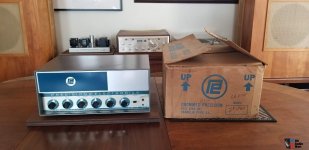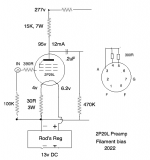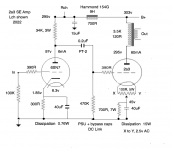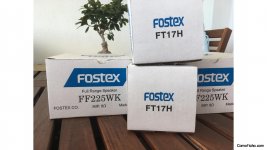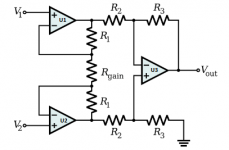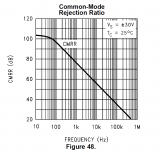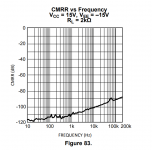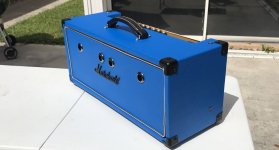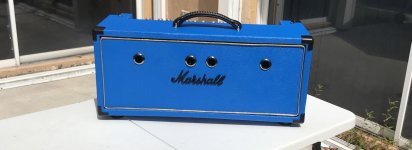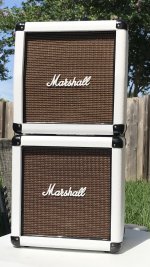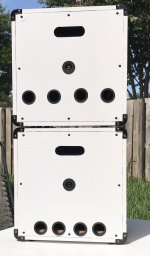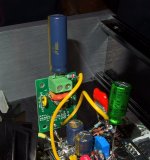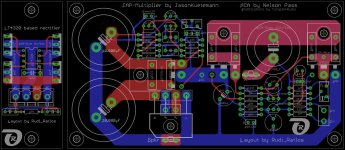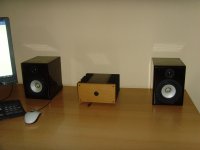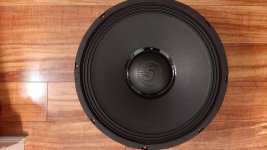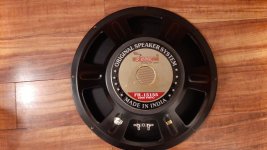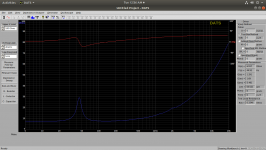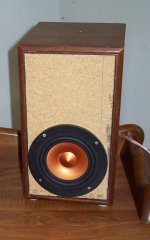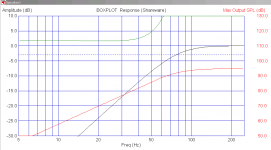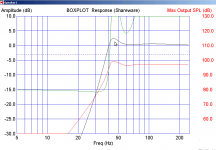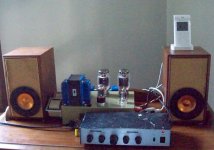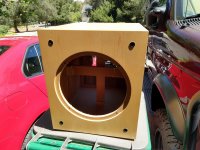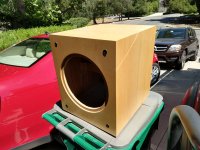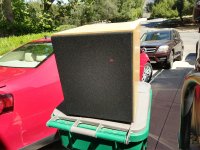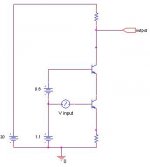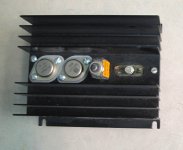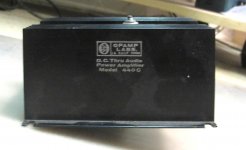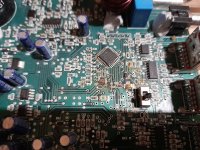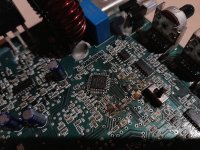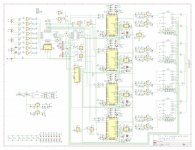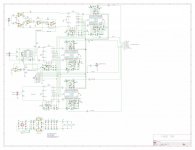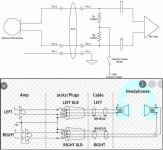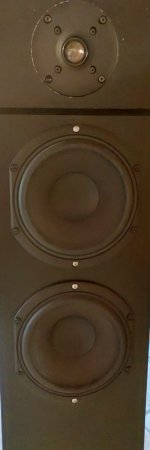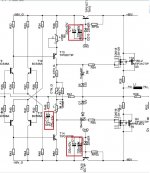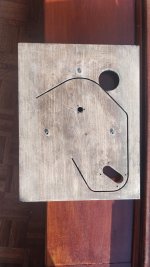27 + 47 SEUL amplifier project finished.
- By stephe
- Tubes / Valves
- 8 Replies
This project took a lot longer than I anticipated to finish but some life events got in the way. Part of the delay was fighting with finding good old stock globe tubes that didn't do weird things lol. Some of these tube weirdness issues made me question my design/other parts, but at the end of the day, the vast majority of the problems came down to wide sample variations/glitchy tubes, mainly with the 27 tubes.
Anyway, I feel like this turned out looking very cool and was fun building what I consider a modern design, using high quality parts, with these ancient globe style tubes. I used a pair of Hashimoto 5-7k UL output transformers and it sounds REALLY sweet. Loads of detail and got it tuned to have a nice balance of solid bass and a tamed top end.
It puts out just under 1.5W into 8 ohm dummy loads but I swear listening to it on my RP600M speakers, it's sounds more like 2-3W. It does need a solid 2VRMS drive but any of my modern sources can handle that. It's just enough power for me.
I did a complete build series of videos and here are the schematics and some pictures.
https://www.youtube.com/playlist?list=PLtEhh3UpOsiD-QbGfOhWdWjGsFb-4a4qL

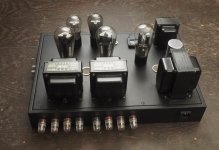
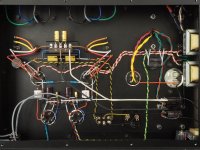
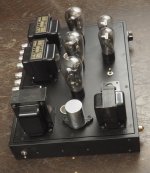
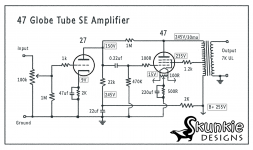
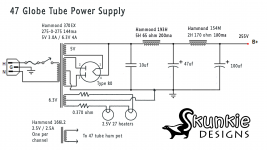
Anyway, I feel like this turned out looking very cool and was fun building what I consider a modern design, using high quality parts, with these ancient globe style tubes. I used a pair of Hashimoto 5-7k UL output transformers and it sounds REALLY sweet. Loads of detail and got it tuned to have a nice balance of solid bass and a tamed top end.
It puts out just under 1.5W into 8 ohm dummy loads but I swear listening to it on my RP600M speakers, it's sounds more like 2-3W. It does need a solid 2VRMS drive but any of my modern sources can handle that. It's just enough power for me.
I did a complete build series of videos and here are the schematics and some pictures.
https://www.youtube.com/playlist?list=PLtEhh3UpOsiD-QbGfOhWdWjGsFb-4a4qL





